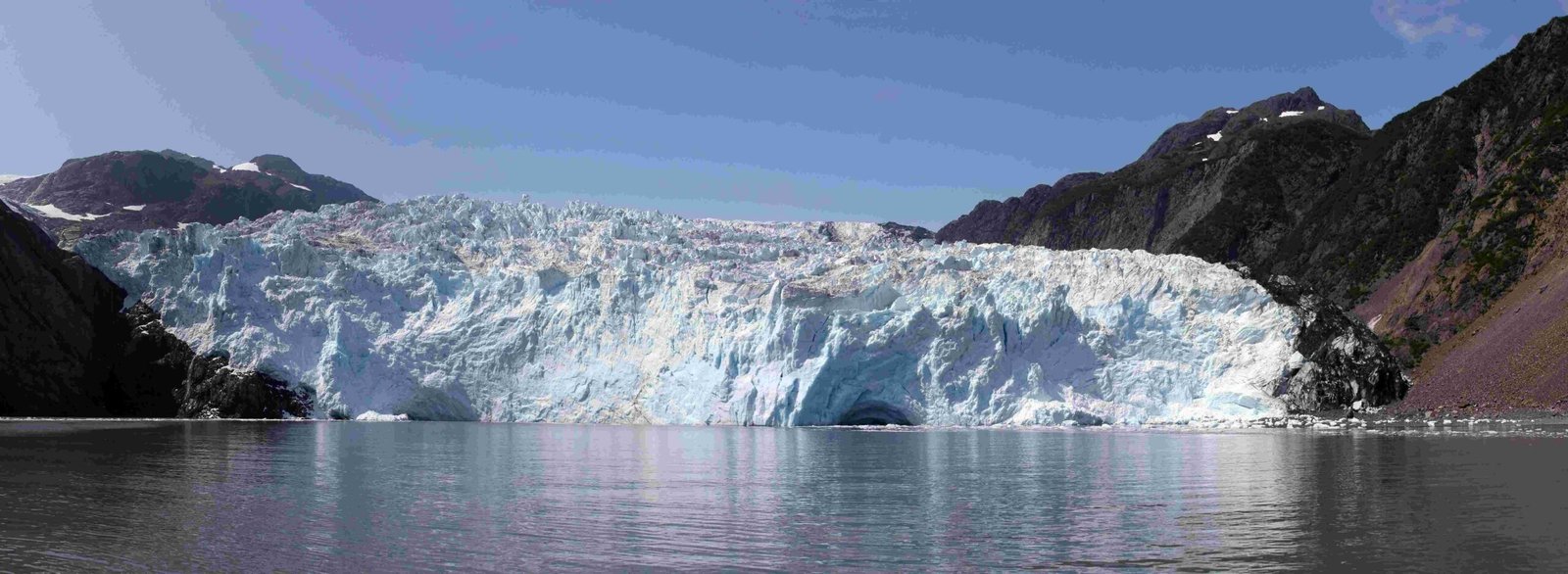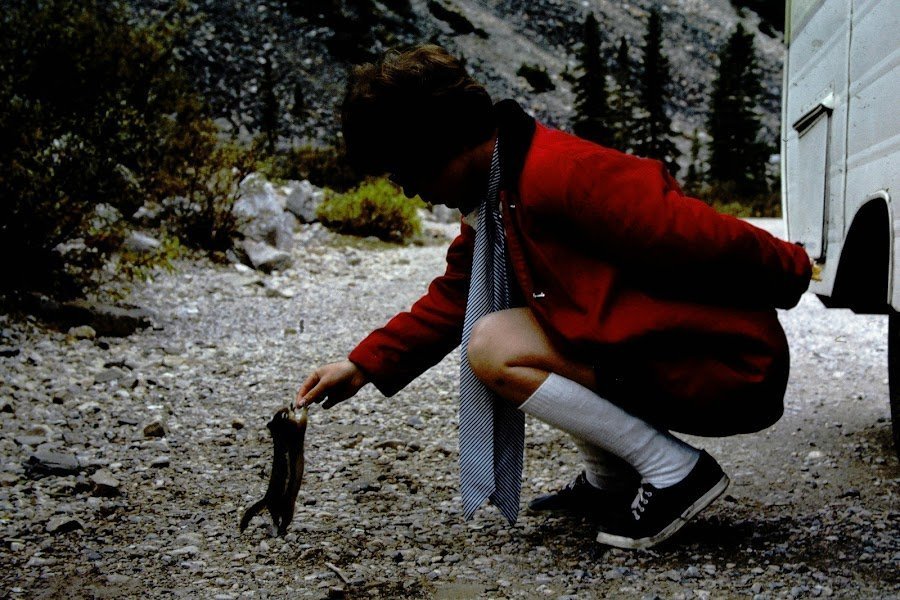The journey from Las Vegas to Glacier National Park is an epic road trip spanning approximately 1,095 miles (1,762 km) across diverse landscapes. This adventure takes you through multiple states, offering opportunities to explore iconic national parks and vibrant cities. With proper planning, this 16+ hour drive can be transformed into an unforgettable experience, combining the glitz of Las Vegas with the raw beauty of Glacier National Park.
What is the Best Route from Las Vegas to Glacier National Park?

The most direct and recommended route from Las Vegas to Glacier National Park follows I-15 North through Nevada, Idaho, and Montana, before transitioning to US-2 East to reach West Glacier. This route offers a balance of efficiency and scenic beauty, passing through or near several notable locations:
- Salt Lake City, Utah
- Zion National Park, Utah
- Bryce Canyon National Park, Utah
- Jackson, Wyoming
- Helena, Montana
- Missoula, Montana
How Can I Break Up the Journey?
To make the most of your road trip, consider these strategic stops:
- Salt Lake City: Ideal for an overnight stay, offering numerous accommodation options and city attractions.
- Zion National Park: Perfect for a day of hiking and natural wonder exploration.
- Bryce Canyon National Park: Known for its unique hoodoo formations, worth at least a half-day visit.
- Jackson: A charming mountain town, great for an overnight stay and a taste of Wyoming culture.
- Helena or Missoula: Both offer a glimpse into Montana life and serve as good final stops before reaching Glacier National Park.
What Vehicle Should I Use for This Road Trip?

The choice of vehicle can significantly impact your road trip experience. Here are some considerations:
- Fuel Efficiency: Given the long distance, a fuel-efficient vehicle can save you money and reduce stops.
- Comfort: Ensure the vehicle has enough space for passengers and luggage for a multi-day journey.
- Reliability: Choose a well-maintained vehicle to avoid breakdowns in remote areas.
- Terrain Capability: While most of the route is on well-maintained highways, a 4WD vehicle might be beneficial for exploring around Glacier National Park, especially in adverse weather conditions.
What About Rental Options?
If you’re flying into Las Vegas, renting a vehicle for the trip is a viable option. Consider these factors when renting:
- One-way rental fees (if you’re not returning to Las Vegas)
- Mileage limits and associated costs
- Insurance coverage for a multi-state journey
- Vehicle size and type suitable for your group and planned activities
How Should I Plan for Fuel Stops?
Proper fuel planning is crucial for a smooth journey. Here’s a strategy to ensure you don’t run low on gas:
- Start with a full tank in Las Vegas.
- Plan to refuel at major cities or towns along the route.
- Don’t let your tank drop below quarter-full, especially in rural areas.
- Use apps like GasBuddy to find the best fuel prices along your route.
| Location | Approximate Distance from Las Vegas | Notes |
|---|---|---|
| St. George, UT | 120 miles | Last major stop in Utah before entering more rural areas |
| Salt Lake City, UT | 420 miles | Multiple fuel options available |
| Idaho Falls, ID | 680 miles | Good refueling point in eastern Idaho |
| Missoula, MT | 950 miles | Last major city before Glacier National Park |
What Accommodation Options Are Available Along the Route?
Your accommodation choices will depend on your preferred pace and desired experiences. Here are some options:
- Hotels and Motels: Available in all major cities and many smaller towns along the route.
- Campgrounds: For those who prefer a more outdoorsy experience, numerous campgrounds are available, especially near national parks.
- Airbnb and Vacation Rentals: Offer a more home-like experience, often at competitive prices.
- National Park Lodges: In Zion, Bryce Canyon, and Glacier National Parks, consider staying at in-park lodges for a unique experience (book well in advance).
Recommended Overnight Stops:
- Night 1: St. George or Zion National Park area
- Night 2: Salt Lake City or Jackson
- Night 3: Missoula or Kalispell (gateway to Glacier National Park)
What Should I Pack for This Road Trip?
Packing appropriately can make or break your road trip experience. Here’s a comprehensive packing list:
- Clothing:
- Layered clothing (temperatures can vary greatly)
- Comfortable walking shoes
- Rain jacket
-
Sun hat and sunglasses
-
Road Trip Essentials:
- First aid kit
- Flashlight
- Car phone charger
- Physical map (as backup to GPS)
-
Reusable water bottles
-
Entertainment:
- Books or e-reader
- Tablet or laptop for entertainment during breaks
-
Road trip playlist or audiobooks
-
Food and Snacks:
- Non-perishable snacks
-
Cooler for perishables and drinks
-
Outdoor Gear (if planning hikes or outdoor activities):
- Hiking boots
- Daypack
- Trekking poles
- Bear spray (for Glacier National Park)
What Are the Must-See Attractions in Glacier National Park?
Once you reach Glacier National Park, don’t miss these iconic attractions:
- Going-to-the-Sun Road: A 50-mile scenic drive that crosses the Continental Divide.
- Logan Pass: The highest point on Going-to-the-Sun Road, offering spectacular views and hiking trails.
- Lake McDonald: The largest lake in the park, known for its crystal-clear waters.
- Many Glacier: An area famous for its hiking trails and wildlife viewing opportunities.
- Highline Trail: One of the park’s most popular hiking trails, offering stunning alpine scenery.
How Do I Navigate Park Regulations and Reservations?
Glacier National Park has specific regulations and reservation requirements, especially during peak season:
- Vehicle Reservation: Required for entering Going-to-the-Sun Road and the North Fork area during peak season.
- Park Pass: Required for entry. Consider an America the Beautiful pass if visiting multiple national parks.
- Camping Reservations: If planning to camp in the park, make reservations well in advance.
- Backcountry Permits: Required for overnight backcountry trips.
What is the Best Time to Visit Glacier National Park?
The best time to visit Glacier National Park largely depends on your preferences and planned activities:
- Summer (June to August): Peak season with the best weather and all facilities open. However, it’s also the busiest time with the most crowds.
- Fall (September to October): Fewer crowds, beautiful fall colors, but some facilities start to close.
- Winter (November to April): Most of the park is closed, but it’s a great time for winter sports enthusiasts.
- Spring (May to early June): The park starts to open up, with fewer crowds, but some high-elevation areas may still be snow-covered.
How Can I Make the Most of My Time in Glacier National Park?
To maximize your experience in Glacier National Park:
- Start Early: Popular areas like Logan Pass parking lot fill up quickly.
- Use Shuttle Services: Reduces parking hassles and allows you to enjoy the scenery.
- Attend Ranger Programs: Great way to learn about the park’s ecology and history.
- Plan Hikes in Advance: Research trails that match your fitness level and interests.
- Wildlife Viewing: Dawn and dusk are the best times for wildlife sightings.
Remember, the journey from Las Vegas to Glacier National Park is as much about the destinations as it is about the journey itself. Take time to enjoy the diverse landscapes, cultures, and experiences along the way. With proper planning and an adventurous spirit, this road trip can become a once-in-a-lifetime experience.